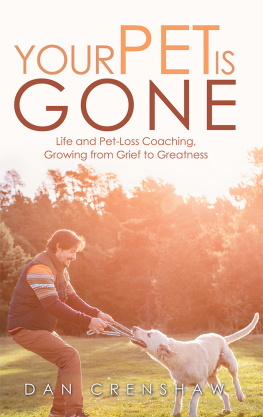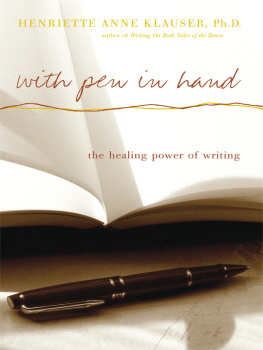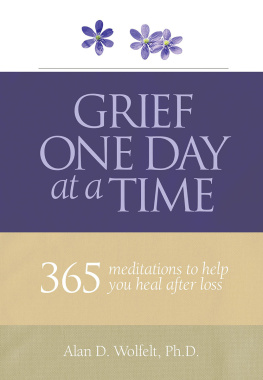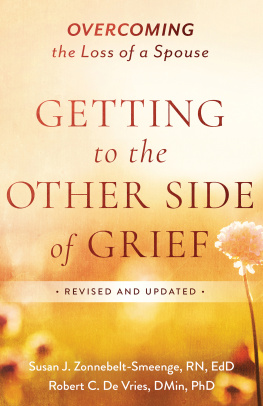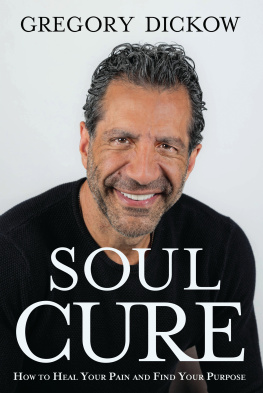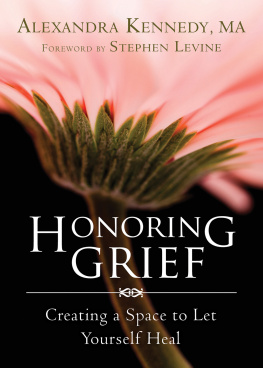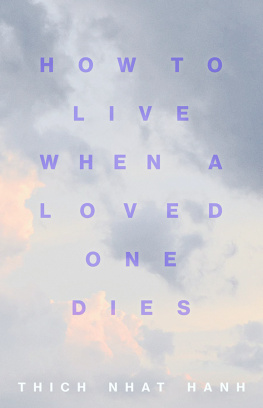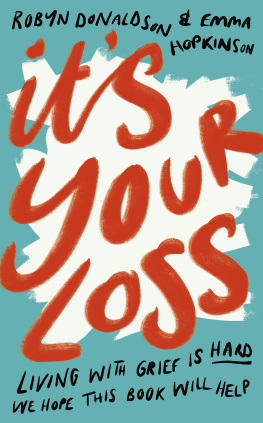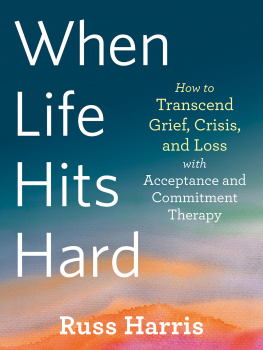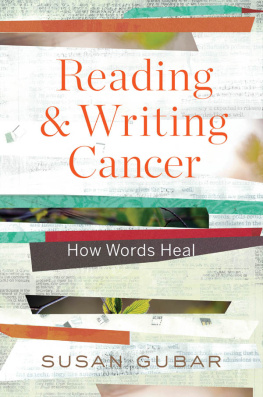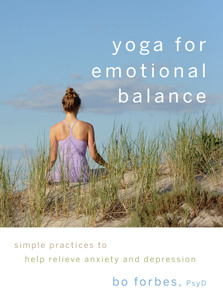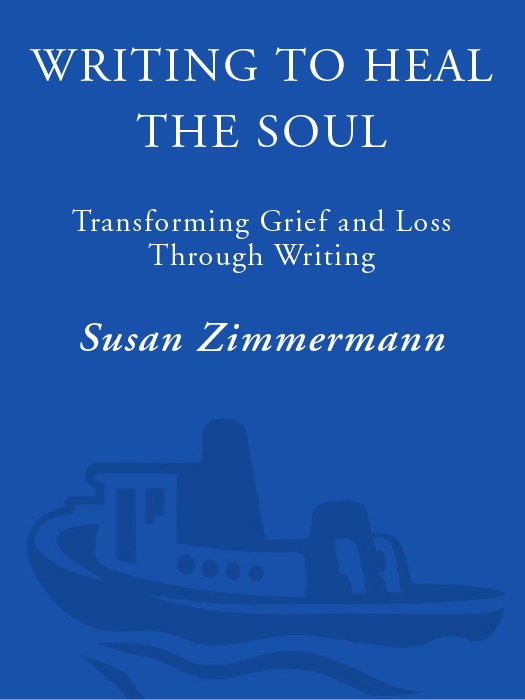Also by the author
Grief Dancers: A Journey into the Depths of the Soul
To
Paul, my love
Katherine, my muse
Helen, my inspiration
Alice, my spice
Mark, my magician
and
to my amazing grandmothers,
Beatrice and Florine
Acknowledgments
S OMEONE ONCE SAID , I BELIEVE THAT FRIENDS ARE quiet angels who lift us to our feet when our wings have trouble remembering how to fly. In the writing of this book, many friends have given me a lift. Paul Phillips, my husband and without a doubt the best editor on Earth, has walked each step, holding my hand, and cheering me up on those days.
Friends have helped me gather their stories like daffodils in spring, a bud here, blossom there. Their scent wafts throughout these pages: Rosa Venezia, Wendell Fleming, Teri Schwartz, Kate Adams, Betsy Carey, Lucy Buckley, Lorrie Grillo, Leslie White, Nancy Cain, Georgia Heard, Maggie Hudson, Pat Loewi, Ellin Keene, mentors all and brave women whose rough times have never erased their smiles. Rosa Mazone, wise woman, who gave me the gift of perspective. Shelly Espinosa, courageous teacher, who gave me the gift of her experience. Robert Goldhamer, who shared his poetry. James Pennebaker, a stranger, who gave me confidence. Geoffrey and Christy Hoyl, Dave and Joan Braun, Mark Udall, Maggie Fox, and Doug Rovira who led me on adventures that opened new vistas. Donna Bell, whose honesty and goodness have taught me about love.
My children: Katherine, whose silent smile throws wisdom my way; Helen, whose poetry opens doors of truth; Alice, whose laughter makes the house shake; Mark, whose charm chases the blues away. All of them gave me the space to Keep writing, Mom.
Faye Bender, the most thoughtful, considerate, and persistent agent alive. Betsy Rapoport, my wonderful editor, whose encouragement gave me the faith to go for it. My mother-in-law, Rita, whose memory continues to bring joy. Paul and Dottie, who have taught me much through their example. And my dear parents and grandparents, who paved the way.
To all of these, my thanks.
Contents
C HAPTER 1:
C HAPTER 2:
C HAPTER 3:
C HAPTER 4:
C HAPTER 5:
C HAPTER 6:
C HAPTER 7:
C HAPTER 8:
C HAPTER 9:
C HAPTER 10:
C HAPTER 11:
C HAPTER 12:
C HAPTER 13:
C HAPTER 14:
C HAPTER 15:
C HAPTER 16:
C HAPTER 17:
C HAPTER 18:
C HAPTER 19:
C HAPTER 20:
C HAPTER 21:
C HAPTER 22:
C HAPTER 23:
C HAPTER 24:
C HAPTER 25:
C HAPTER 26:
C HAPTER 27:
C HAPTER 28:
Then a woman said, Speak to us of Joy and Sorrow.
And He answered:
Your joy is your sorrow unmasked.
And the selfsame well from which your
laughter rises was oftentimes filled with your tears.
And how else can it be?
The deeper that sorrow carves into your being,
the more joy you can contain.

And a woman spoke, saying, Tell us of Pain.
And He said:
Your pain is the breaking of the shell
that encloses your understanding.
F ROM The Prophet,
BY K AHLIL G IBRAN
Introduction
I became a writer out of desperation, so when I first heard my brother was dying, I was familiar with the act of saving myself: I would write about him.
J AMAICA K INCAID , My Brother
S EVEN YEARS AGO, I ABANDONED A GREAT JOB AND retreated to a converted garage twenty steps from my house to write. I was not a writer. I had no idea where the writing would lead. All I knew was that I had to do it. An inner voice badgered me, insisting that I slow down and reflect. Every morning, when silence engulfed my house, I wrote about my profoundly brain-injured daughter, Katherine, the oldest of my four children, a teenager who functions like a six-month-old.
I wrote because I was confused: Id been thrown a challenge and didnt know how to deal with it. Id filled my life with work, children, and other obligations, but had come to realize busyness could be a salve, but not a cure. The pain I felt about Katherine remained, submerged beneath layers of daily distractions. I needed to confront the full scope of what I had lost and somehow keep on. I needed to stop hurting. But I had no idea how. Lasting sorrow, I feared, was my life sentence.
In 1973 I had met Paul. We married during law school at Yale, then moved to Denver where we both worked at downtown firms. Katherine was born five days after my twenty-eighth birthday. It would be an understatement to say I wasnt prepared. I wasnt prepared for the intensity of the love I felt, the purity and completeness of it, the glad surrender to such a tiny creature.
Katherine was perfect at birth. For her first year, she developed normallyrolling over, sitting up, pushing to a stand, saying words on schedule. Around her first birthday, things changed. She started crossing her eyes, wringing her hands, screaming uncontrollably, and retreating into a world we couldnt reach. It was as if my life were an accident in slow motion. I couldnt stop it. I couldnt even scream. Something horrible was happening to one of the people I loved most, and I was utterly helpless.
As Kats deterioration continued, I began a crazed and fruitless effort to fix her: doctors, diets, therapists. Time passed. Nothing worked. Kat continued her decline.
When Katherine was seven, a physical therapist who had worked with her years before called. She had read an article about Rett syndrome. It reminded her of Kat. She gave me a phone number. A couple of weeks later, on a gray snowy day, an information packet arrived. I didnt have time to open it until late in the evening after all four children were in bed. When I was in bed myself, I tucked the down comforter around me, opened the packet, and read every word while tears streamed down my face. God, Paul, I think we finally know what happened to Kat.
The children described were Katherinefrom the grinding teeth to the blue feet, from the hand-wringing to the curved spines, from the normal beginning to the downward spiral. Katherines picture was painted on every page. As I read, relief tinged with a piercing despair overwhelmed me. Everything fit. And nothing changed. There was no known cause or cure for Rett syndrome. After so many years, we had a label for Katherines condition; but Katherine was still Katherine. Her limitations and needs remained the same.
I had a dream around then: I was at a party. People milled around me. Everything seemed festive and upbeat, until I noticed people were staring at me, and I realized with horror that I was different. I was not a person, but a beating heart covered with Band-Aids. The Band-Aids kept falling off.
My heart had not mended, though years had passed. The Band-Aids of three healthy children, a compassionate husband, and meaningful work were not enough. They helped and I was blessed to have them. But the alchemy of sorrow is complicated. A healing environment can provide critical support, but the gut-level change, the transformation from sorrow to acceptance to gratitude, can only come from deep within.


